A confusing nomenclature between the famous coffee producing areas of Yemen and the varieties of Yemeni coffee beans
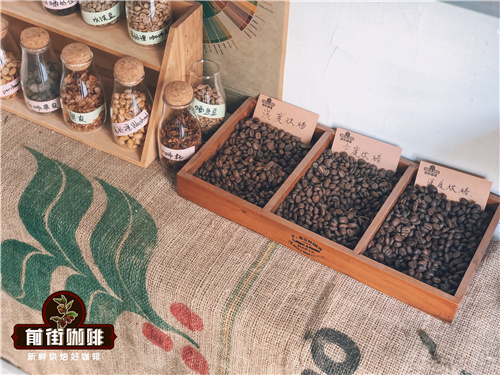
Professional coffee knowledge exchange more coffee bean information please follow the coffee workshop (Wechat official account cafe_style)
At one time, most of the coffee drunk in Europe came from Yemen, but now Yemen accounts for less than 1% of the world's coffee exports. Both the port and the planting place are in a state of war. Qianjie Yemeni coffee is already the last batch of Yemeni coffee in the country, and it was shipped back to Germany in 2017 when the port was still open. There has been no large amount of Yemeni coffee since then. A Yemeni brought a small amount of coffee to the country in 2019, but the amount was very small. Qianjie believes that although the number of coffee produced in other coffee-producing countries has greatly increased, the impact of Yemen on our coffee culture and coffee varieties today is not to be underestimated.
Yemeni coffee
Yemen is one of the countries with the longest history of growing coffee. The country has had a great influence on the cultivation and secularization of coffee around the world. Coffee was found in Ethiopia, where devout Muslims and spice traders from the Arabian Peninsula turned Ethiopian coffee into an international crop. First, coffee crossed the Red Sea and was first transplanted to Yemeni soil in the 17th century. Arabs drink coffee themselves, trade coffee with Europe and try to monopolize the coffee market. It is through these trade channels that coffee is popularized and well known. In the mid-17th century, the Dutch transplanted coffee from Yemen to Java and began to grow coffee there, then to other countries.
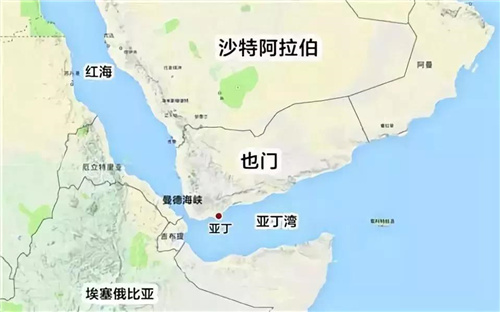
The godfather of coffee said that Yemen and Ethiopia were separated from the Strait of Mande. In the early days, coffee was only used as medicine in Africa. Later, Shadri, the Islamic godfather of Mocha in Yemen, was influenced by the tea culture of the Ming Dynasty in China, and then developed coffee into a refreshing drink. Because of the prohibition culture of Islam, the emergence of coffee drinks and people's daily condiments, they are naturally very popular. At that time, coffee was as popular in Arabia as we are now to fat house happy water cola.
Unfortunately, the coffee culture in Yemen is no longer what it was then. There are many reasons for this phenomenon, including serious natural disasters, drought and insect pests, high planting costs, cheap imported coffee, and farmers prefer to plant profitable katgrass (a plant grass that is drunk as tea and grows in an environment similar to coffee trees, but the harvest time is shorter than coffee trees). A number of reasons have led to the current situation of coffee in Yemen.
What is mocha coffee?
The word Mocha has many meanings. Around 600 AD, the first coffee bean far from its hometown, Ethiopia, took root in Yemen on the other side of the Red Sea, and the coffee industry began all over the world. Since the most important coffee export port in Yemen in the early days was the port of Mocha, the coffee produced in Yemen was also called mocha coffee. Mocha coffee beans are small and fragrant, with strong sour and mellow taste, moderate sweetness and special flavor. Washed coffee beans are famous for their high quality.
Over time, some people began to use mocha as a nickname for coffee. Later, because the aftertaste of mocha coffee resembled chocolate, the word mocha coffee was quoted as the name of a coffee drink mixed with chocolate.
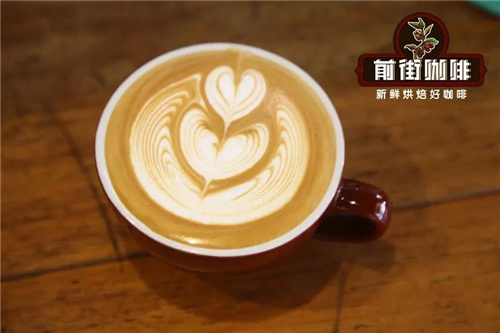
Since the Italian Alfonso Bialetti invented the first mocha pot (MokaPod) in 1933, it provides all families with a simple and convenient choice to brew Italian coffee. As the first choice for brewing coffee at home, it is not too much to call BIALETTI the father of the mocha pot!
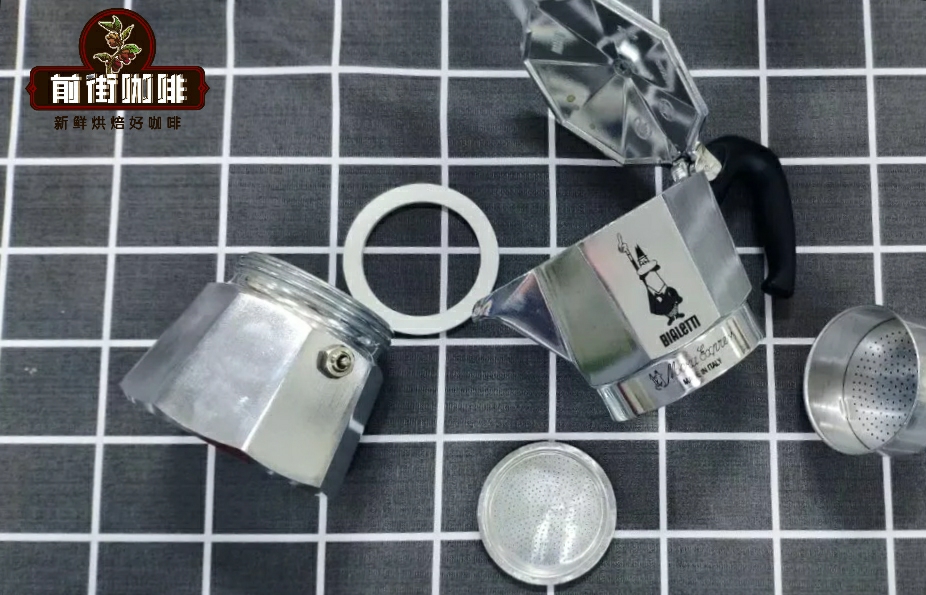
Therefore, the same mocha, mocha beans, mocha pot and espresso represent three meanings.
Yemeni mocha coffee
Mocha = chocolate? Friends who don't drink coffee often must have heard of mocha coffee. Mocha coffee is popular because of its chocolate taste, so many people assimilate mocha with chocolate. Strictly speaking, mocha beans are coffee beans with a strong chocolate flavor. At that time, Yemeni coffee beans were exported through the port of Mocha, and in order to unify the name, they were all named after the port, which is the origin of mocha coffee beans. Even though the port of Mocha is now closed because of sediment deposition, coffee beans exported from Yemen still use the name Mocha.
Then again, after all, not everyone can accept the strong flavor of coffee, and businesses are racking their brains to promote this drink. The unique chocolate flavor of mocha beans is very suitable for matching with chocolate sauce or cocoa powder, and the degree of fusion is very high, so today's mocha coffee usually refers to a mixture of coffee beans and chocolate. Qianjie coffee will use varieties of coffee beans with chocolate flavor to increase its flavor.
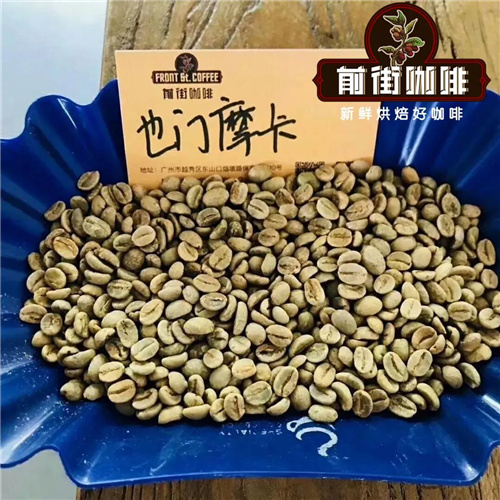
Qianjie coffee takes the Yemeni mokamatari coffee as an example.
■ producing area: Matali
■ altitude: 1400 m
■ varieties: iron pickup, bourbon
■ treatment: sun treatment
Baking suggestion
Yemeni mocha is a raw bean with less water, and considering the size of the beans, the temperature of the beans should not be too high. Qianjie coffee is roasted moderately.
Machine: Yang family 800N, raw bean 550g
Input bean temperature: 170℃
Yellowing point: 5 years old 39 percent 00 ", 147.2 ℃
Flashpoint: 8 hours 39 percent 23 ", 183.3 ℃
After one explosion, the development is 2: 20 ", 197.9 ℃ comes out.
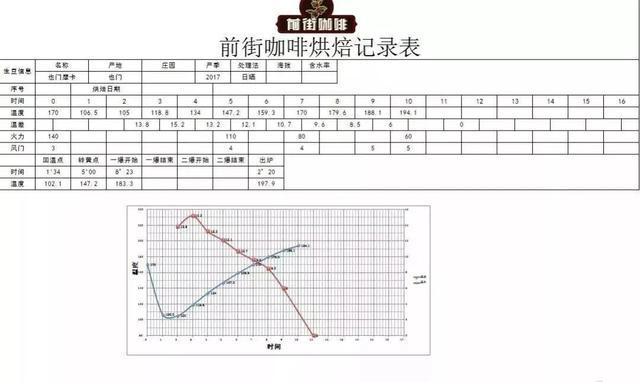
Cooking suggestion
Filter cup: Hario V60
Water temperature: 90 ℃
Amount of powder: 15g
Powder / water ratio: 1:15
Degree of grinding: medium and fine grinding (BG#6S)
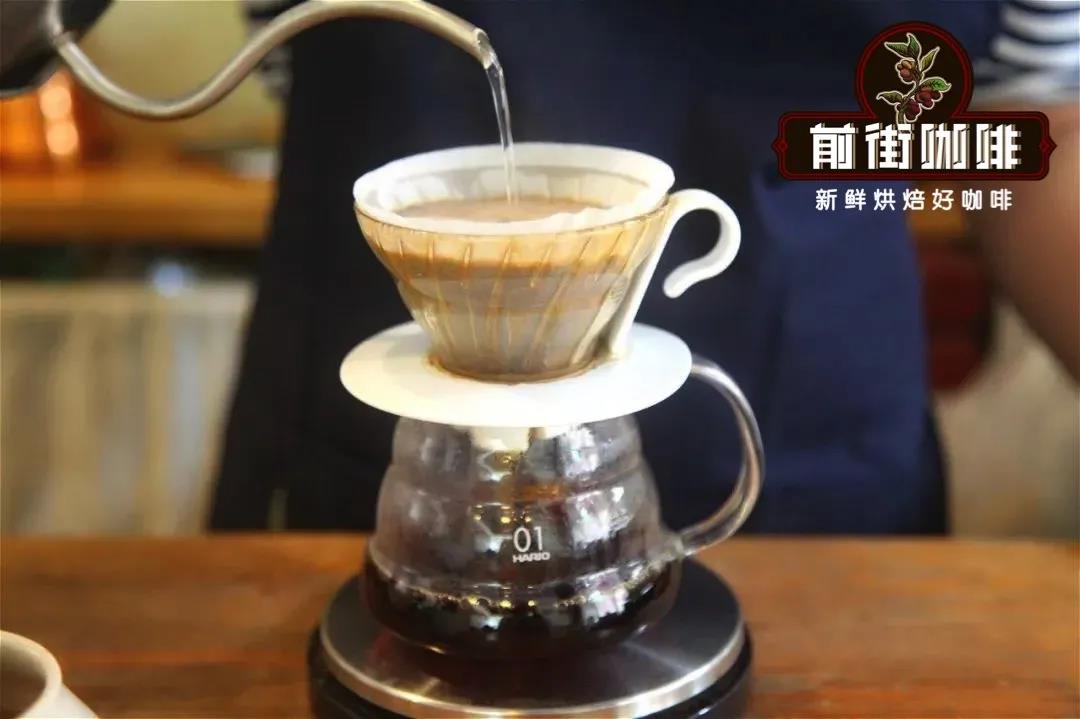
Cooking technique (three-stage cooking method)
There are a variety of cooking methods, three-stage style, one-knife flow, drip-by-drop style, and so on. Qianjie coffee is recommended for beginners to brew with three-stage water injection, which is suitable for light-roasted, medium-and medium-roasted coffee beans. The segmented extraction method of three-stage water injection can clarify the flavor of the front, middle and back of the coffee, and can ensure the flavor of the coffee.
First water injection: stew (to help exhaust)
Coffee beans in the roasting process from raw beans to ripe beans will undergo a series of chemical reactions and physical changes, after a certain degree of baking, coffee beans will accumulate a large amount of gas (most of which is carbon dioxide).
Generally speaking, the fresher it is, the closer it is to baking, and the more bubbles usually appear during steaming. Deep-baked beans also release more gas during steaming than shallow baked beans. The coffee beans of Qianjie coffee are freshly roasted, so guests are generally advised to grow beans for three days and let the beans release carbon dioxide first, so that the problem of instability and insufficient extraction can be avoided.
After steaming and discharging the gas, the coffee particles can absorb water evenly, which can make the extraction uniform in the later stage. Good steaming can make coffee powder quickly and fully homogenized.
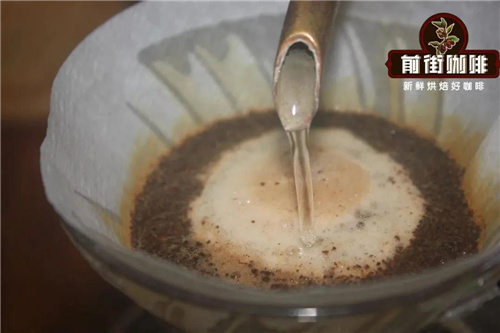
Second water injection
The second water injection starts from the middle, and a small water column is injected into the bottom of the powder layer. in order to concentrate the penetration force of the water column, the range of movement around the circle is small, about the size of an one-dollar coin, and then out. At the beginning of the second water supply, we should pay attention to the amount of water, and try not to exceed the height of the powder layer, that is, when the water column is wound close to the filter paper, the water supply can be stopped.
The third water injection
As the thicker powder layer on the edge of the original filter paper becomes heavier because of the draft, and as the water level falls and becomes thinner, the water level drops to half and the third water injection can be carried out.
From the third water supply, it is necessary to observe the extent of the decline of the water level, also from the center of the water supply circle, the amount of water should not exceed the height of the powder layer, then it will also be observed that the proportion of foam has already occupied the surface, and the third water injection will increase the tumbling of coffee granules, let all the deposited particles tumble, and then dissolve the soluble matter.
The rolling particles will start to rest because they stop adding water, and at this time they have to rely on the velocity caused by the falling water level to make the coffee particles produce friction, so once the addition of water stops, the coffee powder particles will sink, causing blockage, so pay special attention to the rhythm of adding water. If the water is cut off too many times, it is tantamount to letting the coffee powder particles soak in the water all the time, which will lead to the astringent and miscellaneous taste of the coffee extract at the end.
Flavor description
Coffee beans have an aroma of peanuts before grinding, caramel after grinding, rich layers in the process of soaking, rich dark chocolate flavor, a little bit of grape acid at the end, long flavor of spices, sweetness and roundness of Shengjin, with the feeling of Middle East milk tea and a slight drop in temperature. it is the flavor of spices and berries.
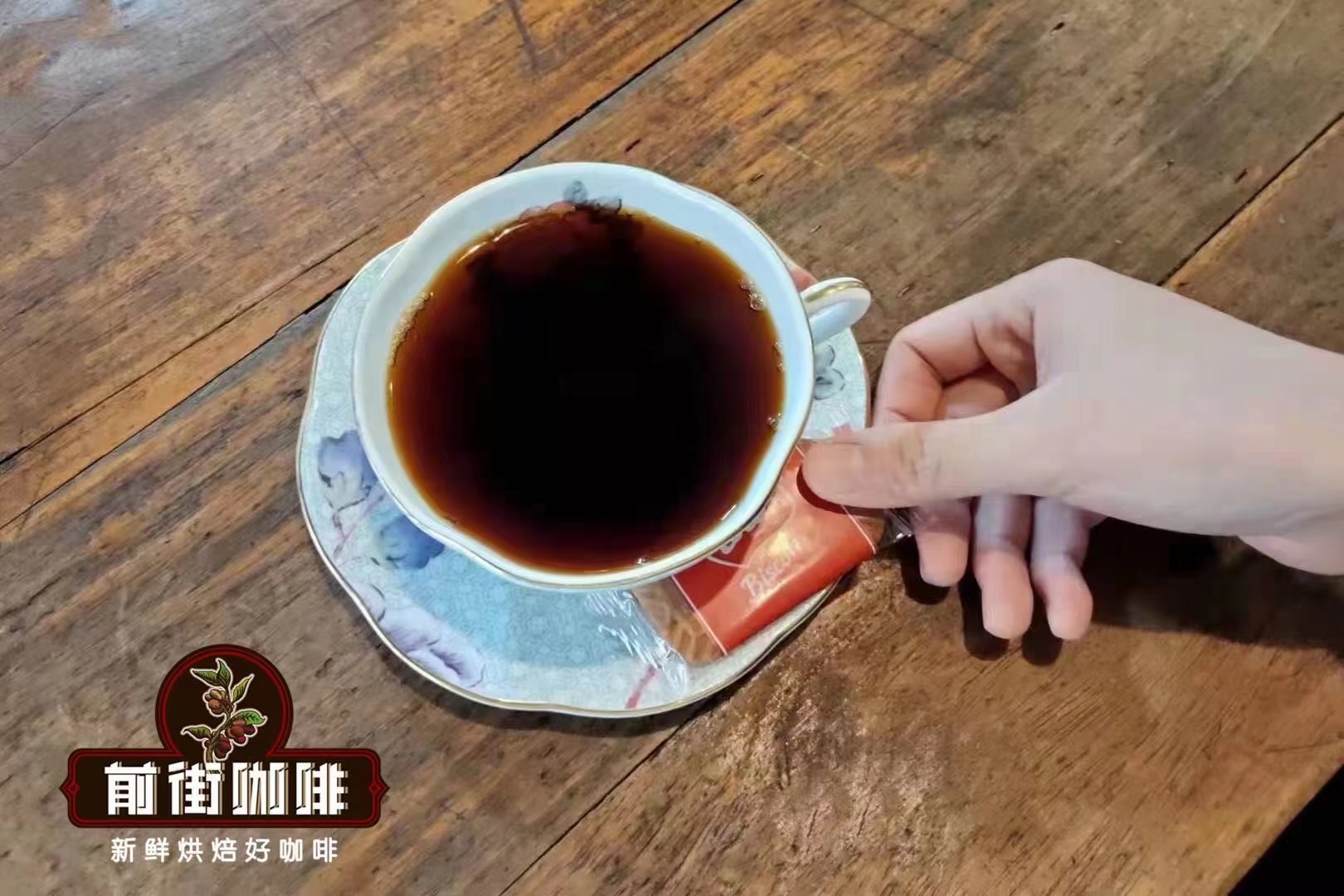
For more boutique coffee beans, please add private Qianjie coffee on Wechat. WeChat account: kaixinguoguo0925
Important Notice :
前街咖啡 FrontStreet Coffee has moved to new addredd:
FrontStreet Coffee Address: 315,Donghua East Road,GuangZhou
Tel:020 38364473
- Prev

Yemeni Coffee characteristic Flavor Coffee cultivation introduction to the reasons why Yemeni coffee is expensive
Professional coffee knowledge exchange more information about coffee beans Please follow the coffee workshop (Wechat official account cafe_style) real Yemeni coffee is not common. After the fruit is ripe on the trees, the farmers harvest it by hand and dry it on the roof of the stone house built by the mountain. The process of shelling meat depends entirely on crude stone grinding equipment. Due to inconvenient transportation, coffee usually changes hands several times on the way.
- Next
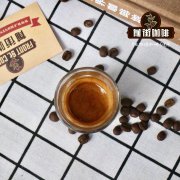
Introduction to the Historical Origin of Yemeni Coffee Variety Udaini Udaini Coffee in Yemen used to be tin
Professional coffee knowledge exchange more coffee bean information please follow the coffee workshop (Wechat official account cafe_style) 16th century Yemeni coffee smell world, 2017 Mocha Port founder Mokhtar Alkhanshali once again let Yemeni coffee stand on the list of the world's top coffee, coffee is the country's cultural symbol can not be ignored, and Mocha seems to have become Yemeni coffee
Related
- Detailed explanation of Jadeite planting Land in Panamanian Jadeite Manor introduction to the grading system of Jadeite competitive bidding, Red bid, Green bid and Rose Summer
- Story of Coffee planting in Brenka region of Costa Rica Stonehenge Manor anaerobic heavy honey treatment of flavor mouth
- What's on the barrel of Blue Mountain Coffee beans?
- Can American coffee also pull flowers? How to use hot American style to pull out a good-looking pattern?
- Can you make a cold extract with coffee beans? What is the right proportion for cold-extracted coffee formula?
- Indonesian PWN Gold Mandrine Coffee Origin Features Flavor How to Chong? Mandolin coffee is American.
- A brief introduction to the flavor characteristics of Brazilian yellow bourbon coffee beans
- What is the effect of different water quality on the flavor of cold-extracted coffee? What kind of water is best for brewing coffee?
- Why do you think of Rose Summer whenever you mention Panamanian coffee?
- Introduction to the characteristics of authentic blue mountain coffee bean producing areas? What is the CIB Coffee Authority in Jamaica?

